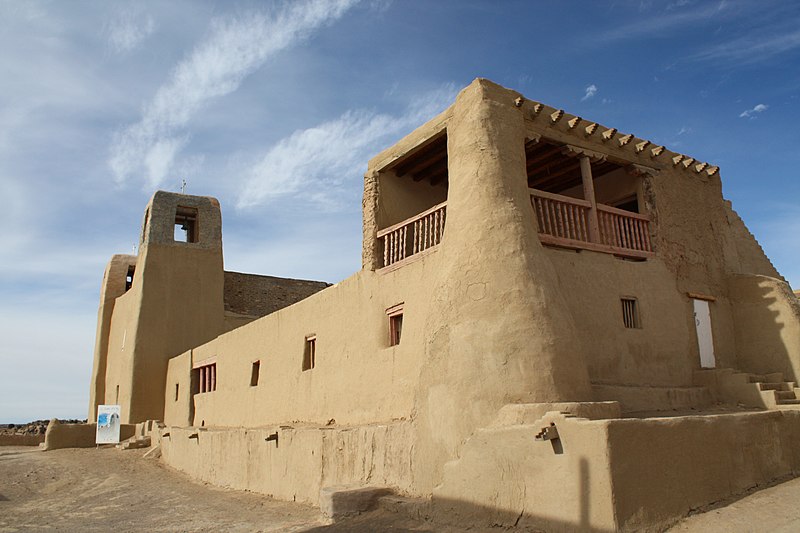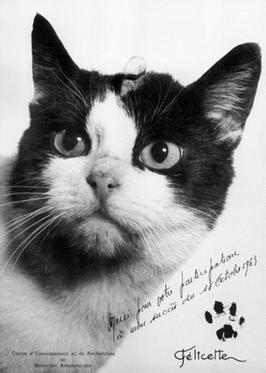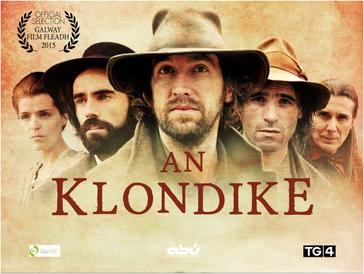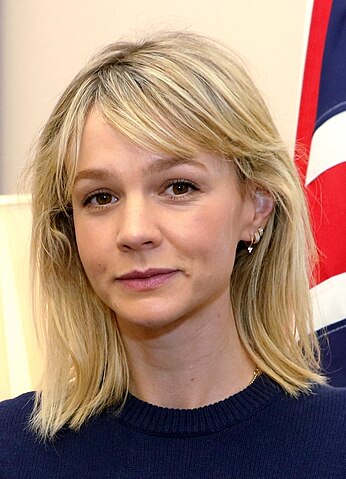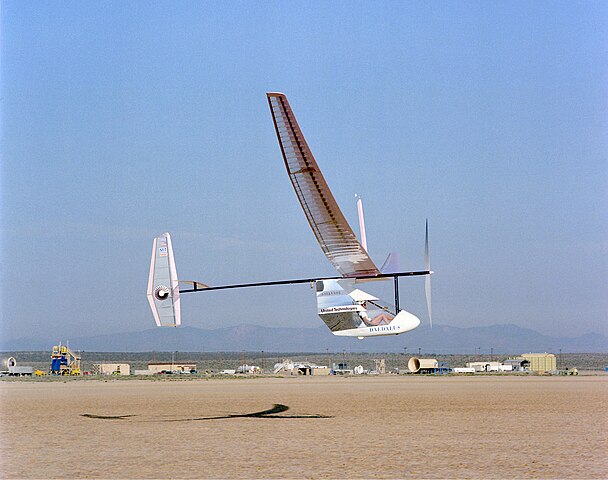The history of spaceflight is full of "What in the hell ?!" moments
Manned spaceflight curiosities:
You can't snore in microgravity, due to how it affects the tension in your inner neck tissues and muscles. You also can't burp the same way you do on Earth, due to a similar problem with parts of your digestive system. There is the possibility of the so-called "wet burp", but that's a bit tricky to achieve. On the upside, you can still... set your bodily gases at ease.


The first meal ever eaten in space and orbit were two 160 g tubes of meat purée, consumed by Yuri Gagarin. He later followed them up by opening a tube of chocolate paste and digging in, the rascal... Poor German Titov was not only the second cosmonaut in orbit, but also the first human to get sick in the stomach in space and puke.

Incidentally, Dennis Tito, a near-namesake, was one of the first space tourists, and ironically enough, also got a bit sick in the stomach from some dryed fruit he ate in orbit. Ouch !

There's a nearly twenty year gap between the first female cosmonaut (Tereshkova, 1963) and the second one (Savitskaya, 1982). Savitskaya was also the first female to perform extravehicular activity. There have been roughly 59 female astronauts and cosmonauts to date.
Possibly the weirdest meat consumed in orbit to date was the moose jerky brought to the ISS by Swedish astronaut Christer Fuglesang. (He wanted to bring reindeer jerky at first, but NASA objected.) The first freshly made coffee in orbit was prepared for the first time in history... in March 2015. Samantha Cristoforetti was the first human and first female in history to taste this coffee.

Speaking of Sam, she's also only the second ESA female astronaut who flew on a mission, and the first one in nearly 20 years (since 1996). She and Yelena Serova have had been the first two female crew members of a long-term station mission that lived concurrently on the station for a prolonged period of time.
Helen Sharman. Where to even begin ? She was the first British astronaut, the first British female astronaut, the first and only British astronaut not to fly as part of an ESA mission but as a space tourist of sorts (
in 1991 !), was the first European female astronaut from a country other than the USSR and only the third female astronaut from
any nation. She was also a food technician by trade, and the two male semifinalists who didn't fly in the end were guys who had served in armed forces (unlike her, a civilian).
Helen and South Korea's Yi So-yeon are the only female national spaceflight pioneers to date. All others have been male.
The third nationality in space was... Czechoslovak. Vladimír Remek in 1978. Jim Lovell is of partial Czech descent, Eugene Cernan is of even more immediate Slovak and Moravian descent. Ergo, the guy who flew both on Apollo 8 and Apollo 13, but never landed on the Moon, and the guy who led the longest, most complex and final mission to the lunar surface so far, have some ancestry that goes back to Czechia and Slovakia. Also, the well-known Czech cartoon character
Krtek got a ride to the ISS and back during the last shuttle mission ever. If someone wrote this into a TL mimicing OTL, AH.com would be yelling ASB, ASB.

Speaking of famous relatives, astronaut Owen Garriot was a crew member of one of the Skylab missions in the 1970s. Cue some three decades later and his son Richard Garriot (an uncanny family resemblance) became one of the first space tourists. Yeah, the guy behind the creation of the
Ultima game series, etc. If someone from an ATL wrote that into his TL, people would call even more bullshit on the entire scenario.

It gets even weirder when you realise Richard is technically British-born, though culturally an American. Speaking of unlikely space tourists, Sarah Brightman, of all people, is set to become one soon.
Due to the Intercosmos programme of the East Block and their allies, countries like Czechoslovakia, Cuba, Poland, Romania, Bulgaria, Hungary, Vietnam and
Mongolia got their first astronauts sooner (sometimes
much sooner) than the likes of France, Germany, Italy, UK, Switzerland, Netherlands, Spain, Sweden, Japan, Brazil, and perhaps most notoriously,
China. If someone came to an ATL and claimed that Japan, Vietnam and Mongolia got astronauts sooner than China, everyone would bring up the ASB accusations again.
The first Slovak astronaut, Ivan Bella, flew before the first Brazilian, Swedish, and upcoming first Danish astronaut. Bella was also among the last foreign guest astronauts on the Mir space station.
Timothy Peake, after about three or four other British-born or UK-affiliated astronauts, is set to become the first British astronaut serving directly under ESA.
Belgium, despite its tiny size and jokes at the expense of its size, has already had two ESA astronauts to date.
The first spacewalk by a non-American and non-Soviet astronaut was by ESA astronaut Jean-Loup Chrétien in December 19
88.
The fact that the first Dutch astronaut and first German astronaut had the rather unusual names of Wubbo Ockels and Ulf Merbold. Also, Samantha probably isn't the type of name you'd expect from the first Italian female astronaut.

All three sound like choices made by the producers of some spaceflight-themed anime that can't be bothered to do some research into more stereotypical national names.


Among later unusual primacies in terms of nationality, the first Indian female, first Peruvian, Iranian and
Costa Rican in space were
naturalised Americans.


The Soyuz as a basic shape and design has been in service for almost
60 years now, even though the earliest Soyuz and the current models have only the most basic things in common by this point. The Soyuz is the
Doctor Who or
Star Trek of human spacecraft. Thank you, Mr. Korolev !

If someone had told the public or SF writers just a few years ago that the propulsion module of the Orion spacecraft would be based mostly on a propulsion module originally developed by ESA, they would probably snigger dismissively. The successes of SpaceX in the last few years might also make some people unfamiliar with the past fifteen years of OTL shout "Unlikely !".
Oh, and about the Orion capsule... There's the fact that in December 2014, it became the first human spacecraft since 1972 to venture beyond the usual orbits around Earth. Sort of sobering, depressing and encouraging at the same time. (
Here's my own screenshot from the live broadcast of the Orion's footage.)
There is
already a human being buried on a different celestial body,
our own Moon.

That human is the late astronomer Gene Shoemaker.

Part of the dust from his cremation was scattered on the surface of the Moon when the probe Lunar Prospector finished its lunar mission in the late 1990s by impacting into the surface.
There's also a symbolic cemetary to astronauts on the Moon. Erected by an Apollo crew, it features a figure of an astronaut lying face down, and a mini-tombstone plaque in front of him, inscribed with the names of all Soviet and American astronauts that had perished in the line of duty up until that point in history.
Also, Alan Shepard peed in his diapers before his historic Freedom 7 take-off and flight and later, as commander of Apollo 14,
played golf on the Moon. You just can't make stuff like this up !
 Unmanned spaceflight curiosities:
Unmanned spaceflight curiosities:
The first photos of the dark side of the Moon were taken by a Soviet Luna probe already in
1959 !

Mariner 2 was the first spacecraft to perform a flyby of a different planet, in this case Venus. Venera 1 nearly beat it to it, but an in-flight malfunction nixed that. Mariner 1 was blown up on the pad due to a booster malfunction and had to be replaced by Mariner 2.
The Soviets became the leaders in Venusian exploration and Venera 13 is the longest lander ever to have lasted on the surface of Venus - something over
two hours. No mean feat.
The largest unmanned and mobile vehicle we've landed on an alien world is the size of
a small family car. We did this with early 2010s technology. I'm referring to Curiosity.
There had been no major successful Mars probe missions between 1976 and 1996, then they suddenly started to stack up quickly. Also, Mercury had to wait nearly 40 years for a second probe mission, and to date, only Mariner 10 and MESSENGER had visited it. Ceres was first visited only in the mid-2010s and Pluto finally received a successful flyby in early July 2015.
ESA has already landed a probe on the only moon with a thick atmosphere in the Solar System, Saturn's Titan, as well as landed a probe on
a moving, rotating comet. However, to date, they have not landed a probe on the Moon, Mars or Venus. Try to write this into any spaceflight TL while inhabiting an ATL and people will call it far-fetched.
Beagle 2, the lander of Mars Express and ESA's first semi-serious attempt at landing something on Mars, was found just a few months ago, more than a decade after its disappearance. Just... what ?!
Plucky little Giotto approaching Halley's Comet as close as it did already in 1986 and taking snapshots and readings. Based on ESA's state at the time, if someone wrote in this success into his TL, everyone would be yelling "ESA-wank".
The MESSENGER probe had finished its mission and impacted into the surface of Mercury in the mid-2010s. Yes, we have crashed a spacecraft into every single larger body of the inner Solar System - all four planets, and our Moon, the fifth largest object.
Thirteen years before Philae landed on comet 67P, the asteroid probe NEAR (incidentally, later dedicated to Gene Shoemaker) had landed on the irregularly shaped asteroid Eros. This is despite the fact that
it was never built with a landing manuever in mind. I remember that when I heard the news back in the day, even my younger mind just went "Whoa !!! We, as a species, did what ?! Cool !".
The Hubble Space Telescope has been in continuous operation for a quarter century now, also counting several upgrades. The Mars Global Surveyor probe has been orbiting and surveying Mars long enough for someone to reach adulthood and be elligible to vote.
The fact that the Voyager probes had been as successful as they were, despite all the odds, and that at least one of them has been confirmed to
be in open interstellar space at this point. The mind just boggles.
Also, the fact that Sagan convinced NASA to have a Voyager take that iconic distant snapshot of Earth. Inspirational and thought-provoking stuff, certainly. But moreover: If he hadn't coined the term "Pale Blue Dot", Alex Gerst's 2014-2015 mission on the ISS would have been called something completely different.
(I originally did this post in 2015. No doubt there've been more unusual firsts since then.)


